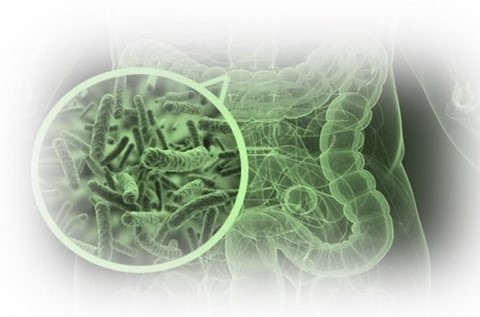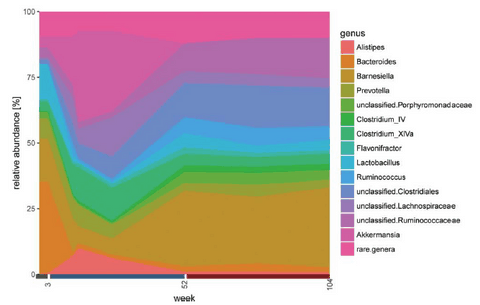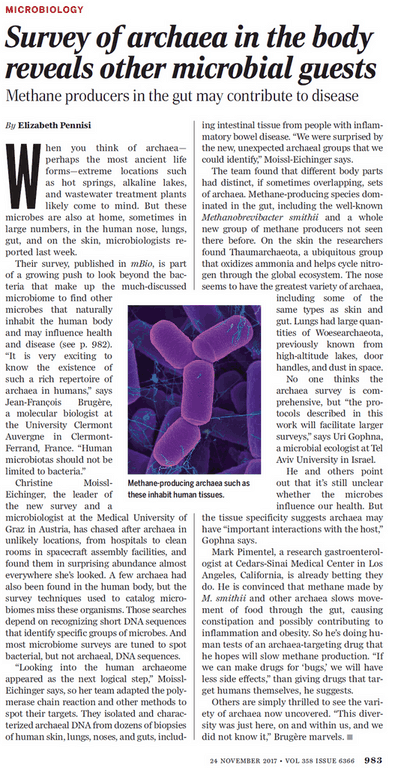Microbiota and archaeaArchaeome
Human microbiota or.... ....a new look on ourselves
For more than a century, microbes, these bugs invisible to our eyes without microscopes, were known from the majority of us only through a deforming lens: evil pathogens that we had to fight, responsible for the worst epidemics. However, they contain valuable auxiliaries for the development of humanity: thus, the "yeast" to which we still owe the bread or beer, is certainly one of the first species domesticated by humans (at least as soon as possibly the Neolithic).
Microbes also live in close relationship with humans (and animals in general). They have co-evolved with us, participate in our biology and therefore form part of what constitutes us. We can thus speak of a real conceptual revolution of our perception of what is biologically a human. Over the course of history, our knowledge has led us to reconsider our place in the universe, often by coming up against dogmas of all kinds (and still today!):
Thus, the Man and his planet are not at the center of the universe and Man is a product of evolution that shares the same biological ancestor with other primates as with ... yeast or bacteria. We now discover that his own body is home to billions of microbes (the human microbiome), commensals and symbiotics participating in his own physiology and the proper functioning of the body. Man is in fact a meta-organism, made up of these own cells and microbes, in slightly larger quantities than "genetically" human cells. Scientists no longer hesitate to speak now of a human organ that has been forgotten until now, about the human intestinal microbiota.
Thus, the human being, supposedly sterile at birth, is gradually colonized by microbes of all kinds forming a microbiota. "Microbiota" is the right name to describe this set of microbes, what was previously called "flora" .... Justified term when we believed the biological world shared between animals and plants (see here). This term and this classification are no longer necessary.
These microbes colonize all parts of man in direct relation to the external environment, in other words, many of the epithelia of coating of our organism. For example, the skin, the lungs, ... harbor microbes.
The most colonized area remains the human digestive tract ... and in particular the small intestine and the colon. The latter forms one of the densest microbiomes of the planet.
The microbiota evolves during lifespan.
This image is from our work with Paul. W. O'Toole (article by Burkhardt Flemer and coll. published in 2017.) It shows the differences of fecal microbiota in laboratory rats at different stages of their lives. Find more information here (in English)



